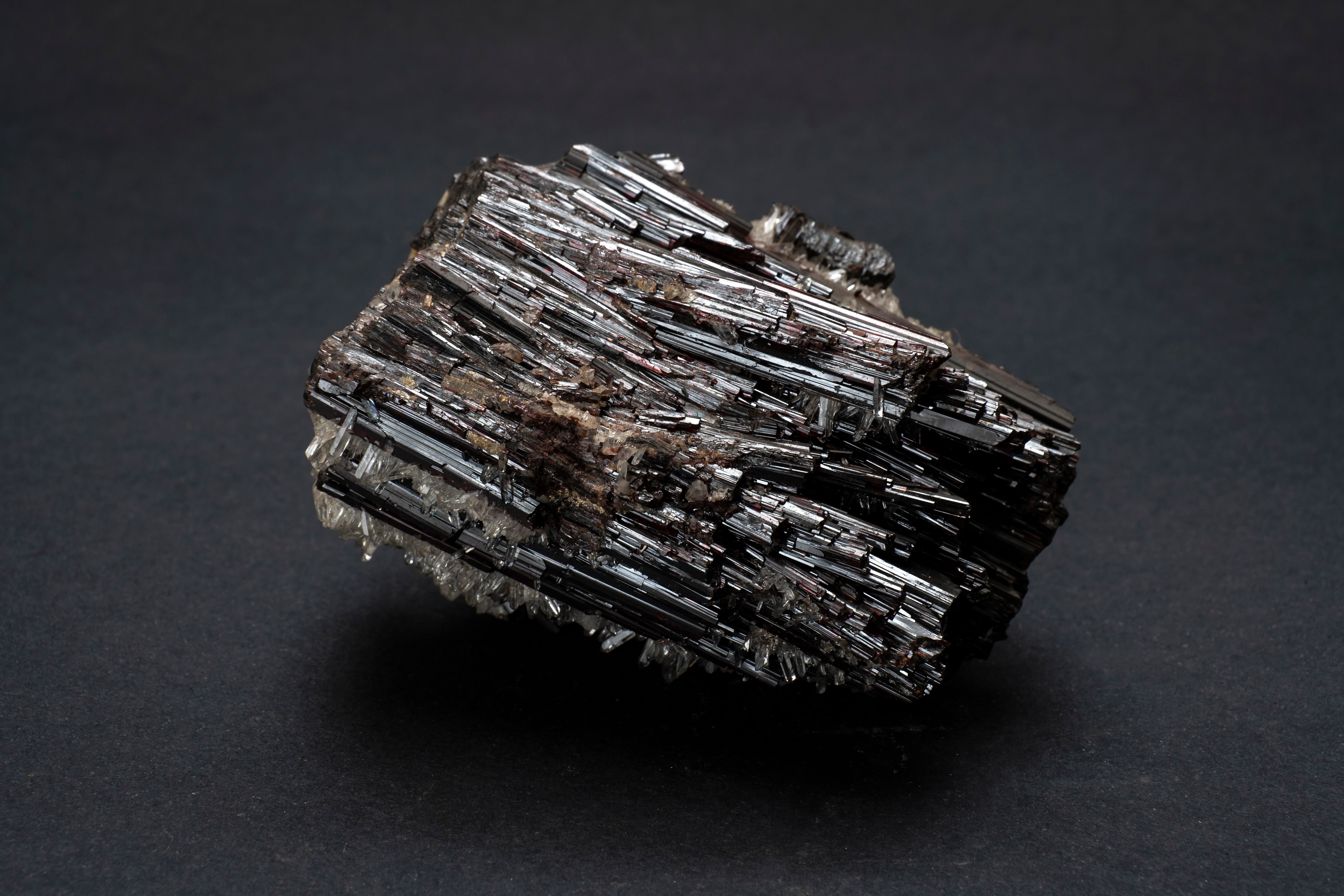New Insights into Spin-Phonon Coupling in Hexagonal Lutetium Manganese(III) Oxide Revealed by Advanced Spectroscopic Techniques
Advanced spectroscopic techniques reveal strong spin-phonon coupling in hexagonal lutetium manganese(III) oxide, providing valuable insights into its magnetoelectric properties. The study's findings pave the way for further exploration and utilization of multiferroic materials in electronic and magnetic device applications.
Researchers publishing in the journal Spectrochimica Acta Part A: Molecular and Biomolecular Spectroscopy, have made significant progress in understanding the intricate relationship between spin and phonon vibrations in hexagonal lutetium manganese(III) oxide (LuMnO3), a promising multiferroic material (1). By utilizing advanced spectroscopic techniques such as two-dimensional correlation spectroscopy (2D-COS) and perturbation-correlation moving window two-dimensional correlation spectroscopy (PCMW2D), scientists have obtained valuable insights into the spin-phonon coupling phenomenon within the material.
Piece of Hubnerite mineral from Pasto Bueno, Peru. A mineral consisting of manganese tungsten oxide with black monoclinic prismatic submetallic crystals with fine striations | Image Credit: © MyriamB - stock.adobe.com

2D-COS involves acquiring a series of spectra while systematically varying a particular parameter, such as time, temperature, or concentration. By analyzing the cross-peaks in the resulting two-dimensional spectra, correlations can be identified, revealing the sequential and simultaneous changes in different spectral features. PCMW2D is an extension of 2D-COS that focuses on analyzing the dynamic changes in a system. It involves the application of a moving window along the diagonal of the two-dimensional spectra, allowing for the examination of spectral correlations within specific regions. This technique enables the identification of spectral changes that occur in response to perturbations and provides insight into the underlying processes or interactions in the system. PCMW2D is particularly useful for studying complex systems where multiple factors contribute to the spectral variations.
The study focused on analyzing the temperature-dependent Raman spectra of a single crystal of hexagonal LuMnO3. By resonating with the on-site Mn d-d transitions, the researchers discovered a strong correlation between phonons associated with the vibration of Mn ion bonds and spin-excitation peaks, indicating the presence of spin-phonon coupling in LuMnO3.
The utilization of PCMW2D analysis enabled the identification of significant changes in both phonons and spin-excitation peaks around the Néel temperature and the spin reorientation transition. Moreover, the broad spin-excitation peaks exhibited multiple components, suggesting variations in spin symmetries within the ground state of LuMnO3.
The findings presented in this study shed light on the complex interplay between spin and phonon vibrations in LuMnO3 and provide crucial insights into the material's magnetoelectric properties. The researchers propose that the application of 2D-COS and PCMW2D Raman correlation spectroscopy serves as a simple yet powerful method for investigating couplings and transitions in multiferroic materials. This systematic understanding of the spin-phonon coupling phenomenon paves the way for further exploration and manipulation of the unique properties exhibited by these materials.
The ability to uncover and comprehend spin-phonon coupling in hexagonal LuMnO3 opens up new opportunities for the development of next-generation electronic and magnetic devices. The findings from this study contribute to the broader field of multiferroics, bringing us closer to harnessing their full potential for various technological applications.
Reference
(1) Nguyen, T. M. H.; Nguyen, X. N.; Nguyen, T. H.; Vu, T. K. O.; Le, D. H.; Nguyen, V. M.; Yang, I.-S.; Cheong, S.-W. PCMW2D and 2D Raman correlation spectroscopy evidence for presence of spin-phonon coupling in hexagonal LuMnO3. Spectrochimica Acta Part A: Mol. Biomol. Spectrosc. 2023, 297, 122753. DOI: 10.1016/j.saa.2023.122753
Real-Time Battery Health Tracking Using Fiber-Optic Sensors
April 9th 2025A new study by researchers from Palo Alto Research Center (PARC, a Xerox Company) and LG Chem Power presents a novel method for real-time battery monitoring using embedded fiber-optic sensors. This approach enhances state-of-charge (SOC) and state-of-health (SOH) estimations, potentially improving the efficiency and lifespan of lithium-ion batteries in electric vehicles (xEVs).
Smart Optical Sensors for Thermal Management in Electric Vehicles
April 8th 2025A recent review in Energies explores the latest advancements in sensor applications for electric vehicle (EV) thermal management systems. The study, authored by Anyu Cheng, Yi Xin, Hang Wu, Lixin Yang, and Banghuai Deng from Chongqing University of Posts and Telecommunications, along with industry partners, examines how advanced optical sensors improve the efficiency, safety, and longevity of EVs.